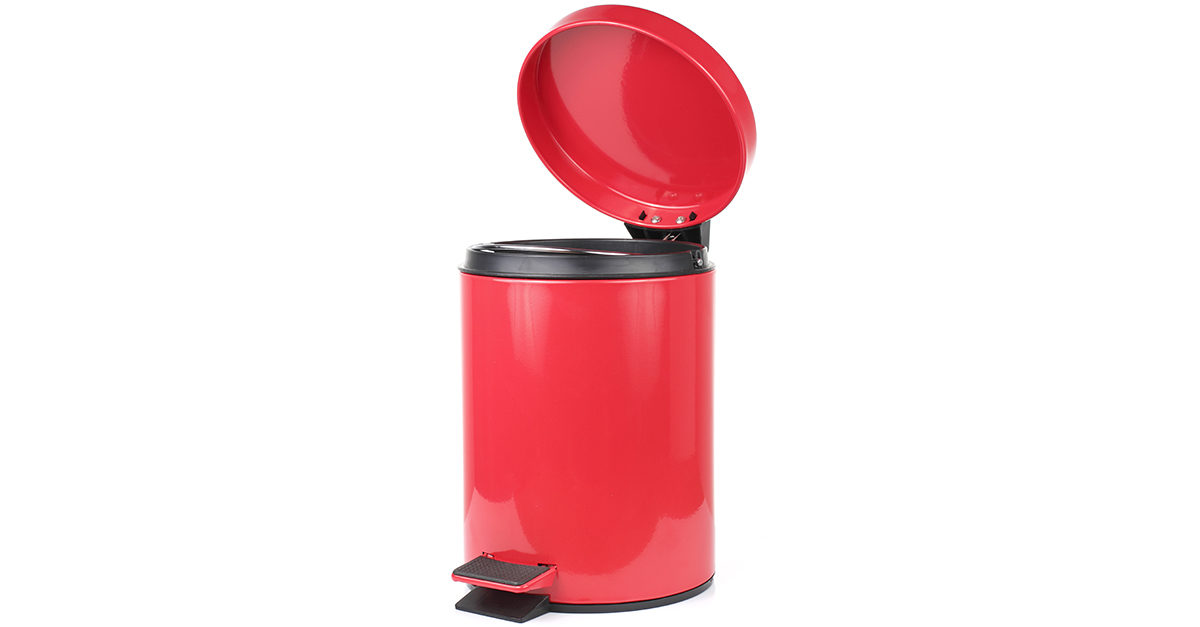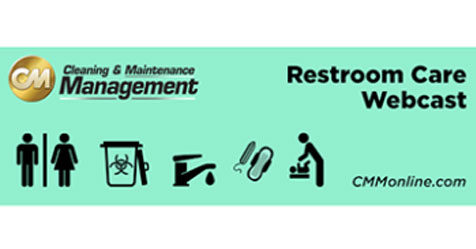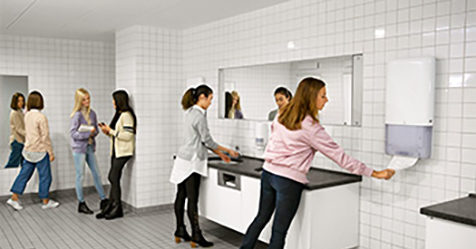When it comes to cleaning restrooms used by women, many building service contactors (BSCs) find that their biggest maintenance headache is dealing with feminine waste.
The industry’s standard requirement for female restrooms is to provide one or more lined and covered receptacles that women will use to dispose of pads and tampons. It is the job of the facility maintenance professionals to regularly remove the liner and its contents, sanitize the bin, and dispose of the waste.
Maintenance Compliance and Concerns
In 1991, the U.S. Department of Labor’s Occupational Safety and Health Administration (OSHA), under the Federal Register 29 CFR, Part 1910.1030, determined that employees face a significant health risk because of occupational exposure to blood-borne pathogens. OSHA ruled that exposure to blood-soiled waste and other body fluids can expose these employees to potentially infectious pathogens, such as hepatitis B and HIV. The agency further concluded that this exposure could be minimized or eliminated by using a combination of engineering controls, safe work practices, and personal protective equipment as well as clothing, training, hepatitis B vaccinations, signs, labels, and other provisions.
An Overlooked Area
Although the OSHA ruling was mandated to protect employees from occupational exposure, the risks still remain for women when using public restrooms. For example, standard-issue sanitary bins promote exposure to waste. These bins can become breeding grounds for bacteria and odors and, when faced with touching an unsanitary bin, most women would rather flush their products than place them in these bins.
And, this can cause yet another maintenance problem—drain blockages.
Available Solutions
Innovative products on the market are available to combat these problematic situations. Products and systems, such as hands-free sanitary disposal units, are designed for the protection of female users and facility maintenance personnel. Some hands-free sanitary disposal units, for example, operate with a foot pedal. When opened, the lid reveals a masking tray, which conceals its contents. Nonstick ribs on the tray stop the sanitary products from adhering to it.
Some units feature greater capacity compared to standard bins on the market, which reduces the chance of overflow and unsightly exposure to waste. In other units, as the sanitary waste is deposited it is treated with a natural product that was developed specifically in response to the health and safety issues of working with hazardous chemicals. This biological alternative can be derived of natural plant extracts and essential oils.
Some units contain a single-dose, micro-perforated sachet. Controlled-release technology works to neutralize the waste and eliminate odors.
The BSC Advantage
Manufacturers are providing solutions for the BSCs who clean and maintain female restrooms. For example, free-standing sanitary units can be easily removed from the stalls during restroom cleaning without any risk of exposure to the contents. As these units have a greater capacity than the standard sanitary bins, the chances of overflow are eliminated, therefore protecting women and maintenance staff from any potentially infectious waste.
Also, costly drain blockages are greatly reduced as women do not flush their sanitary products—saving a building owner any additional expenditure for plumbers and the further inconvenience of having “out of service” restrooms.
Product innovation is changing the way facility managers are tackling the trouble areas of women’s restrooms.



